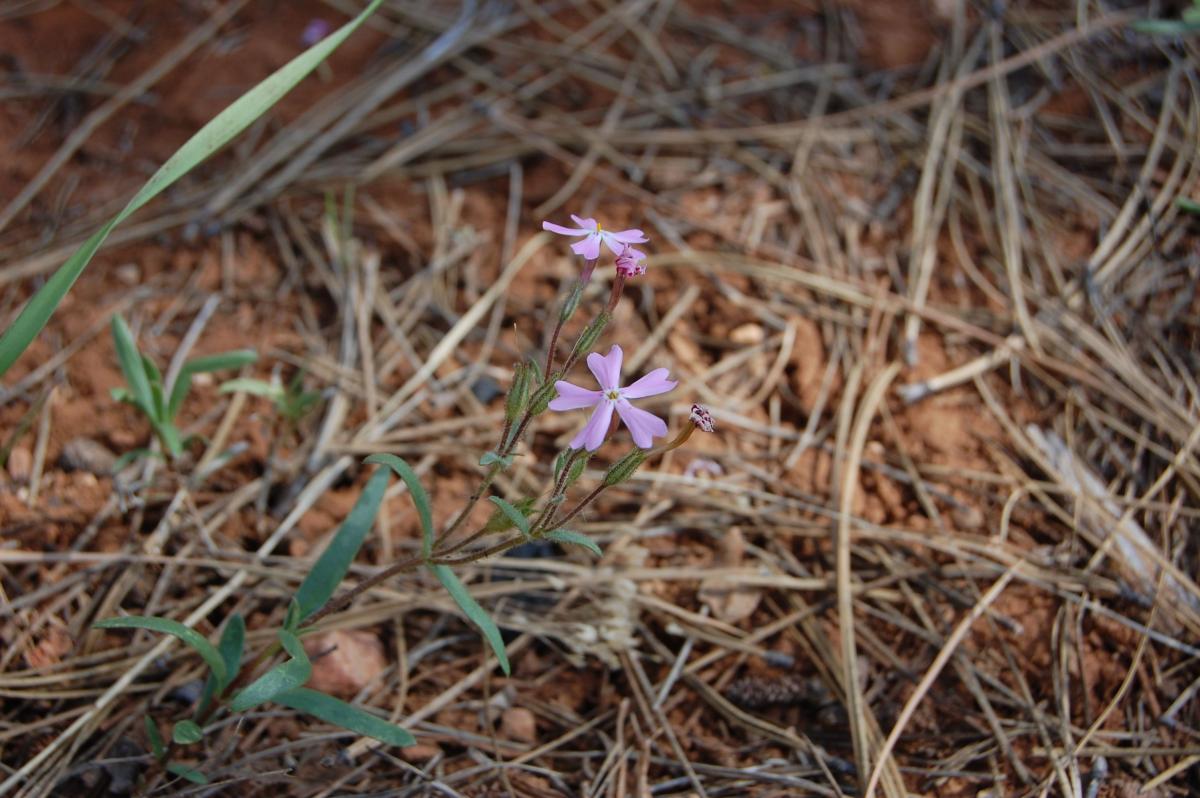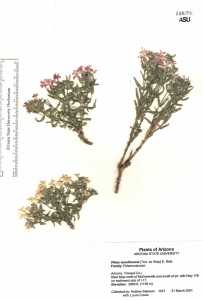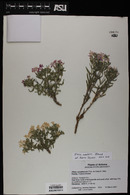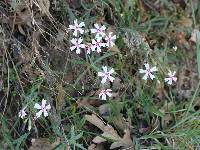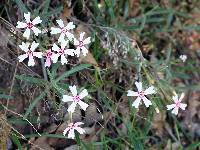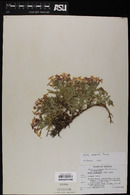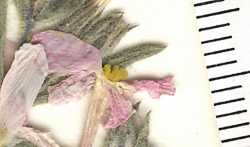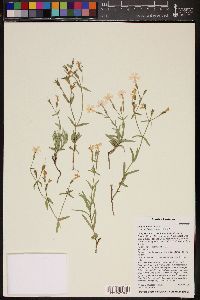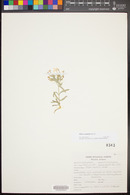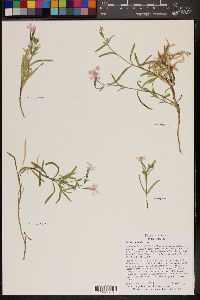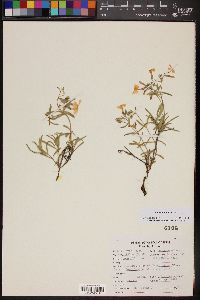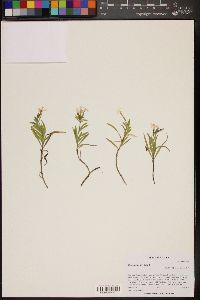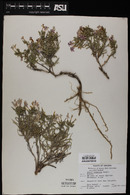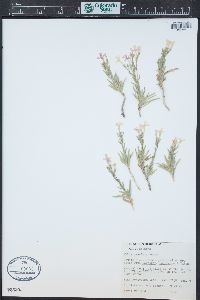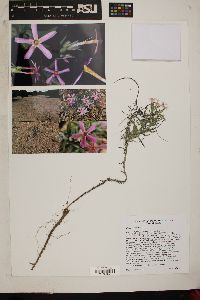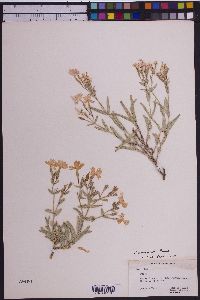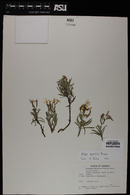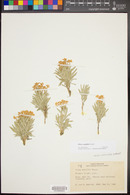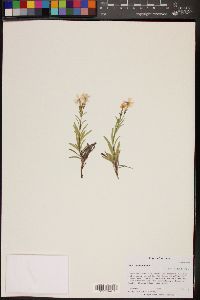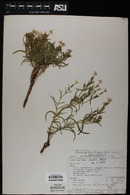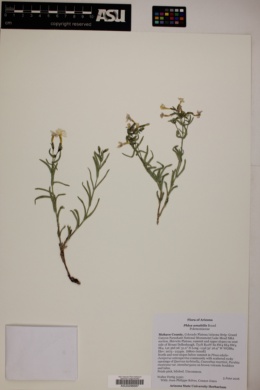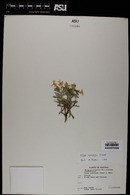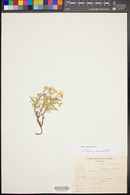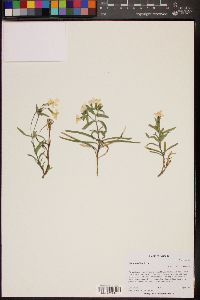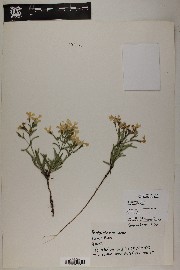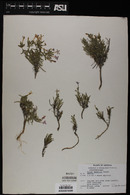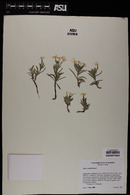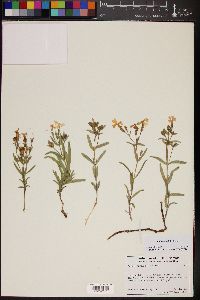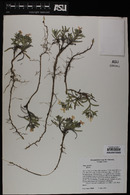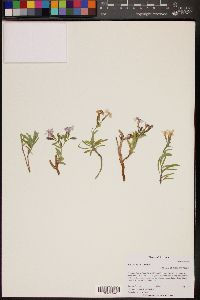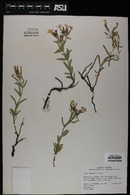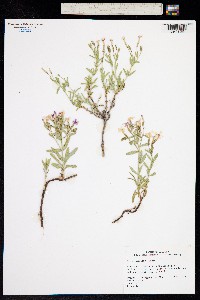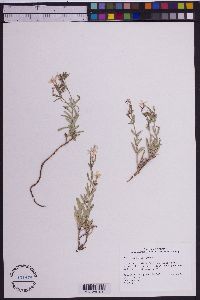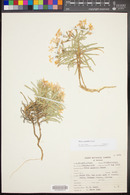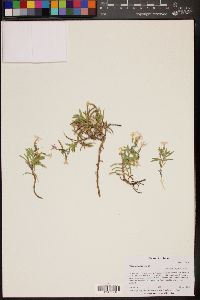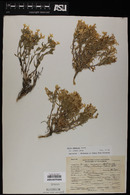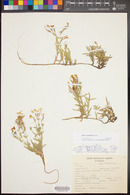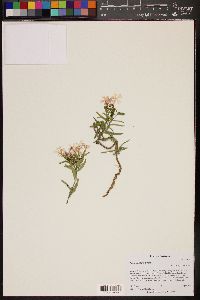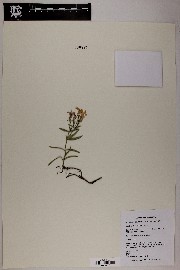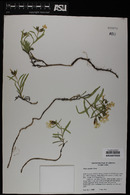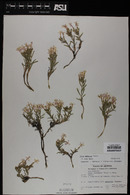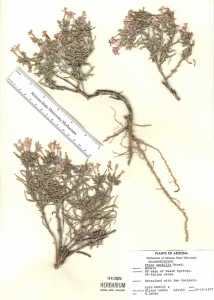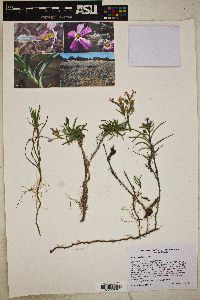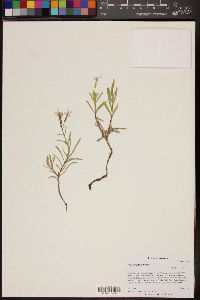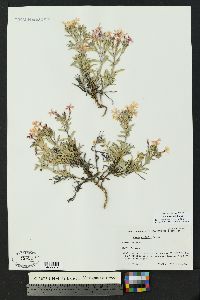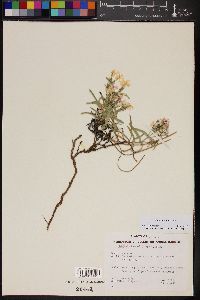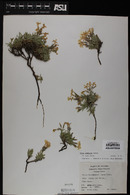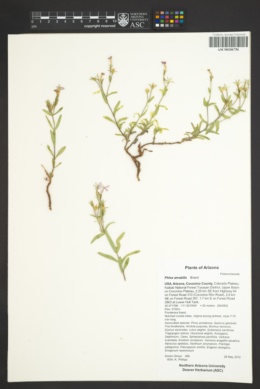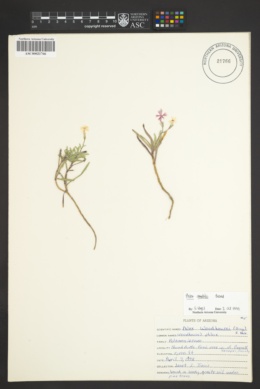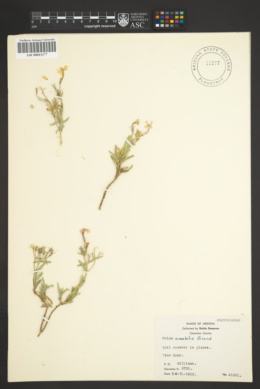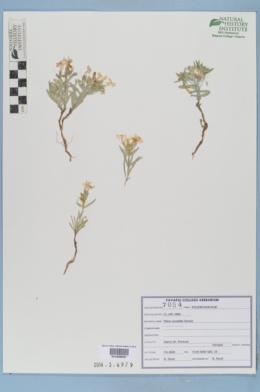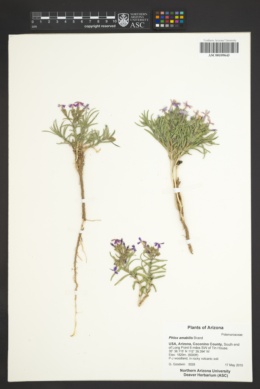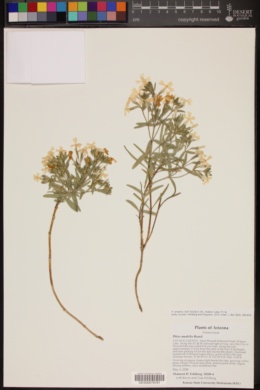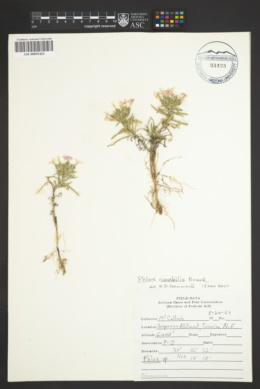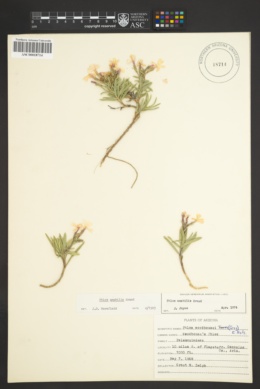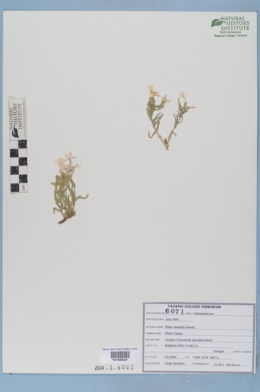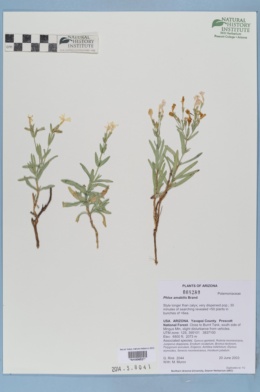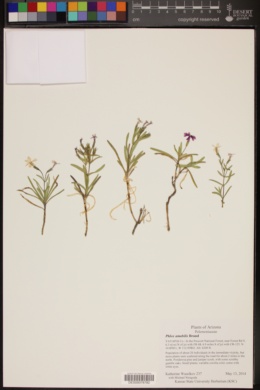
|
|
|
|
Family: Polemoniaceae
Arizona Phlox
|
PLANT: Perennial with 1-5 erect stems from a short, deep seated rhizome, rarely suffrutescent; stems 8-25 cm tall, sparsely glandular, the lower internodes evident. LEAVES: linear-oblong to narrowly elliptic, flat, acute to obtuse, 1-4(5) cm long, 2-5(8) mm wide, the upper leaves glandular and short-villous. INFLORESCENCE: flowers 2-3; pedicels glandular. FLOWERS: calyx 8-10 mm long, the membranes flat; corolla bright pink to red-purple, the tube 10-17 mm long, the lobes 5-10 mm long, retuse to emarginate; stamens inserted on the upper tube; stigmas usually located among the stamens. NOTES: Open sites, coniferous forest and woodland: Coconino, Mohave, Navajo, Yavapai cos.; 1000-2400 m (3500-7800 ft); Mar-Jun; sc UT, n AZ. REFERENCES: Dieter H. Wilken and J. Mark Porter, 2005, Vascular Plants of Arizona: Polemoniaceae. CANOTIA 1: 1-37. Wilken and Porter 2005, Kearney and Peebles 1969, McDougall 1973 Duration: Perennial Nativity: Native Lifeform: Subshrub General: Herbaceous or suffrutescent perennials, to 25 cm tall, stems 1-5, erect, 1-few from the base, usually simple except from the branched inflorescence, the lower internodes evident, herbage glandular-pubescent throughout, plants chiefly arising from taproots. Leaves: Opposite, linear to narrowly oblong, 1-5 cm long, 2-8 mm wide, short-acuminate to obtuse at the tips, blades thick, flat, margins entire, the upper leaves glandular and short-villous, leaves deciduous or a few cauline ones evergreen. Flowers: Small, bright pink to red-purple, corollas salverform, the tubes 10-18 mm long, with lobes 5-10 mm long, sometimes with notched tips, calyx 8-10 mm long, the junction of the membranes flat, stamens inserted on the upper tube, stigmas usually located among the stamens, styles elongate, the stamens and style nearly as long as the corolla tube, flowers borne in groups of 2-3 in loose, compound cymes, pedicels glandular. Fruits: Capsule, longitudinally dehiscent. Ecology: Found in open sites, coniferous forest and woodlands, from 3,500-8,000 ft (1067-2438 m); flowering March-June. Distribution: Arizona, Utah. Notes: The small calyces with slender, almost thread-like lobes are somewhat persistent, assisting in identification in winter months, otherwise, look to the low-growing, gnarly growth-habit and woody stems. Differentiate from the similar Phlox longifolia subsp. brevifolia (P. grayi) by the oblong leaves, flat calyx membranes, and notched corolla lobes of P. amabilis. Ethnobotany: There is no use recorded for this species, but other species in this genus have uses. Etymology: Phlox comes from the Greek name phlomis, for some plant possibly not of this genus, while amabilis means beautiful. Synonyms: None Editor: LCrumbacher 2012 |
This project was made possible in part by the Institute of Museum and Library Services [MG-70-19-0057-19].
Powered by Symbiota

